PS for Wildlife Ms. Silvia Museiya officially flagged off the workshop for development of Northern Kenya Integrated Conservation Programme in Isiolo. The integrated landscape Programme aims to promote biodiversity conservation, enhanced community wellbeing and sustainable development in Kenya
The geographic scope of this Programme is the Northern Kenya Landscape which covers Mandera, Wajir, Garissa, Tana River, Laikipia, Samburu, Isiolo, Meru, Marsabit, Turkana, Kitui, Elgeyo Marakwet and Baringo Counties. The counties are home to over 20 large wildlife species, holding over 8,000 of Kenya’s elephant population, over half of our Rhino population, the largest population of reticulated giraffe, home of the gravy’s zebra, Jackson’s hartebeest, and hirola.
The Northern Kenya Programme will develop an integrated landscape mosaic which benefits nature and people through building strategic partnerships at all levels – governments, businesses, communities, local organizations and NGOs. The Programme will focus on five inter-related objectives which we will continually refine and adapt as we bring new partners on board:
- Climate change mitigation, adaptation and building resilience;
- Biodiversity conservation (anti-poaching, IWT, habitat quality and connectivity, HWC);
- Nature based solutions to enhance livelihoods, enterprises and innovative landscape financing models;
- Development and enforcement of enabling national and county policies and legislations;
- Peace and security.
In addition, the following cross-cutting strategies will be undertaken:
- Multi-stakeholder processes;
- Strengthening partnerships;
- Research and monitoring;
- Spatial planning;
- Advocacy;
- Communication; and
- Financial sustainability
The time frame for the Northern Kenya Landscape Programme to realize tangible impact is at least 15 years from inception. Given that impact at scale is incremental, NKL will be evaluated every three years to monitor the achievements of the milestones set under the five objectives.

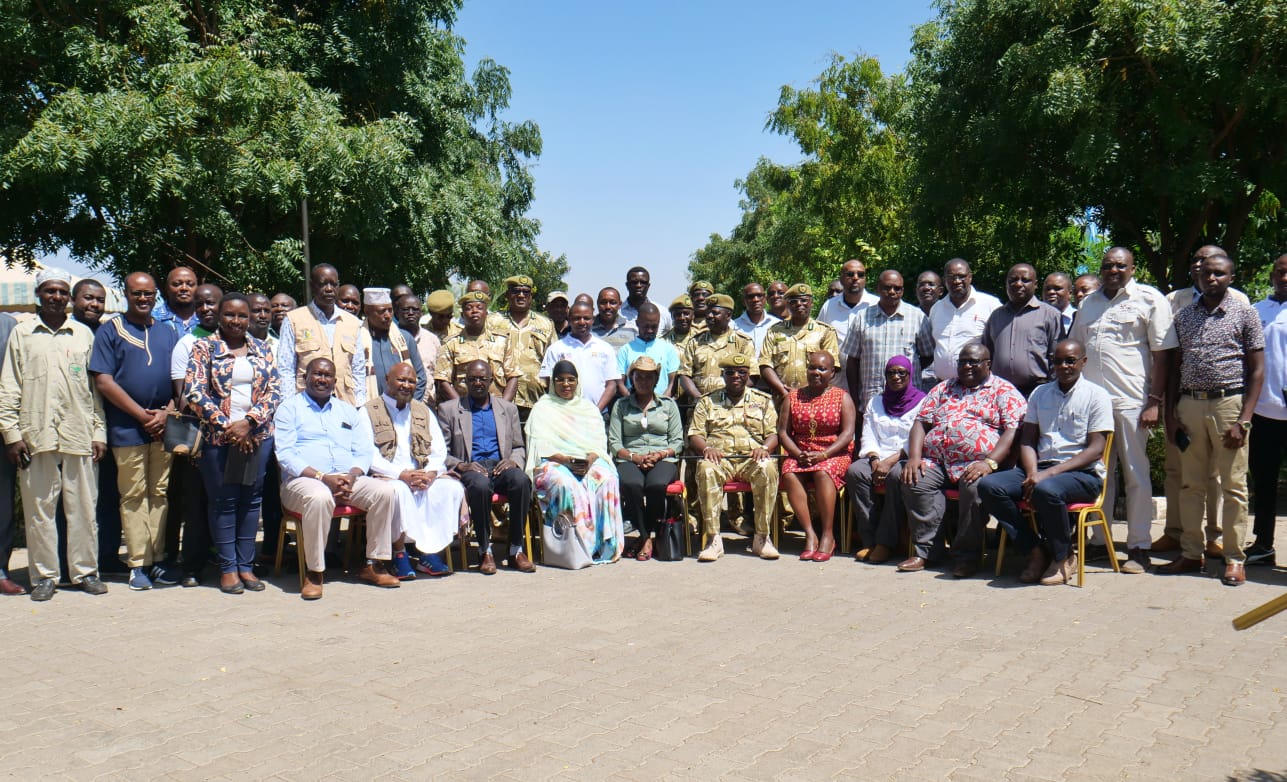
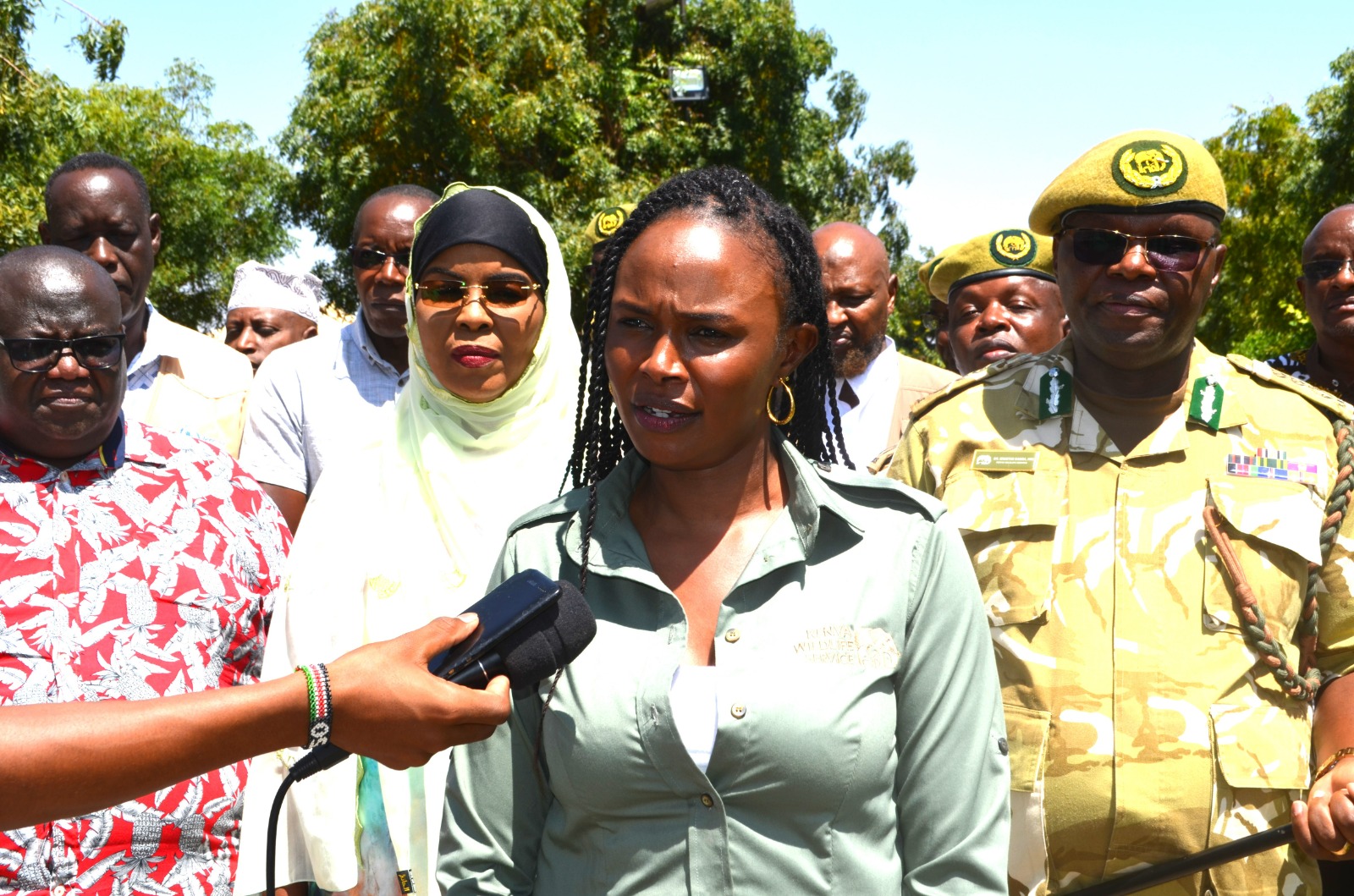
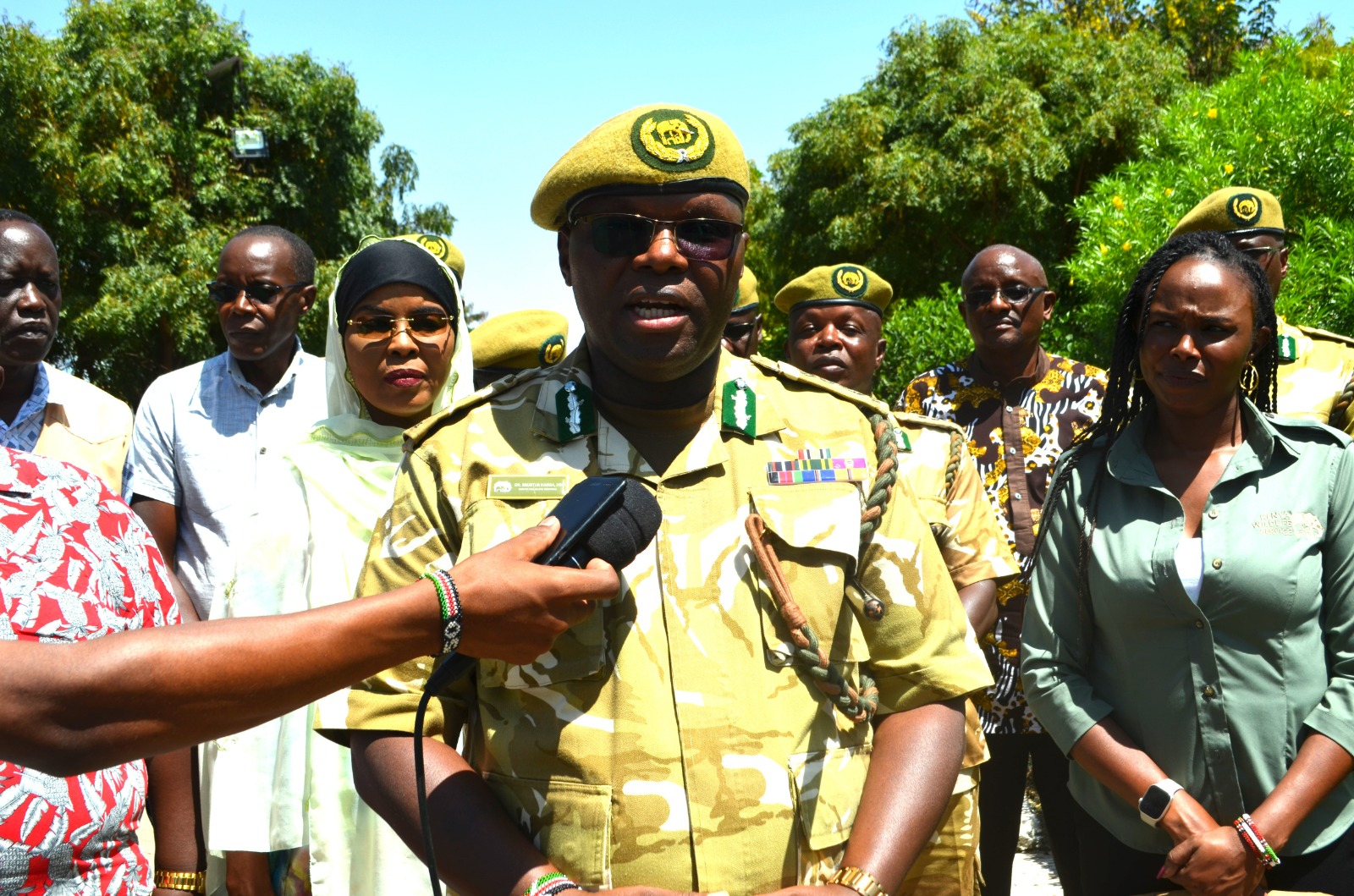



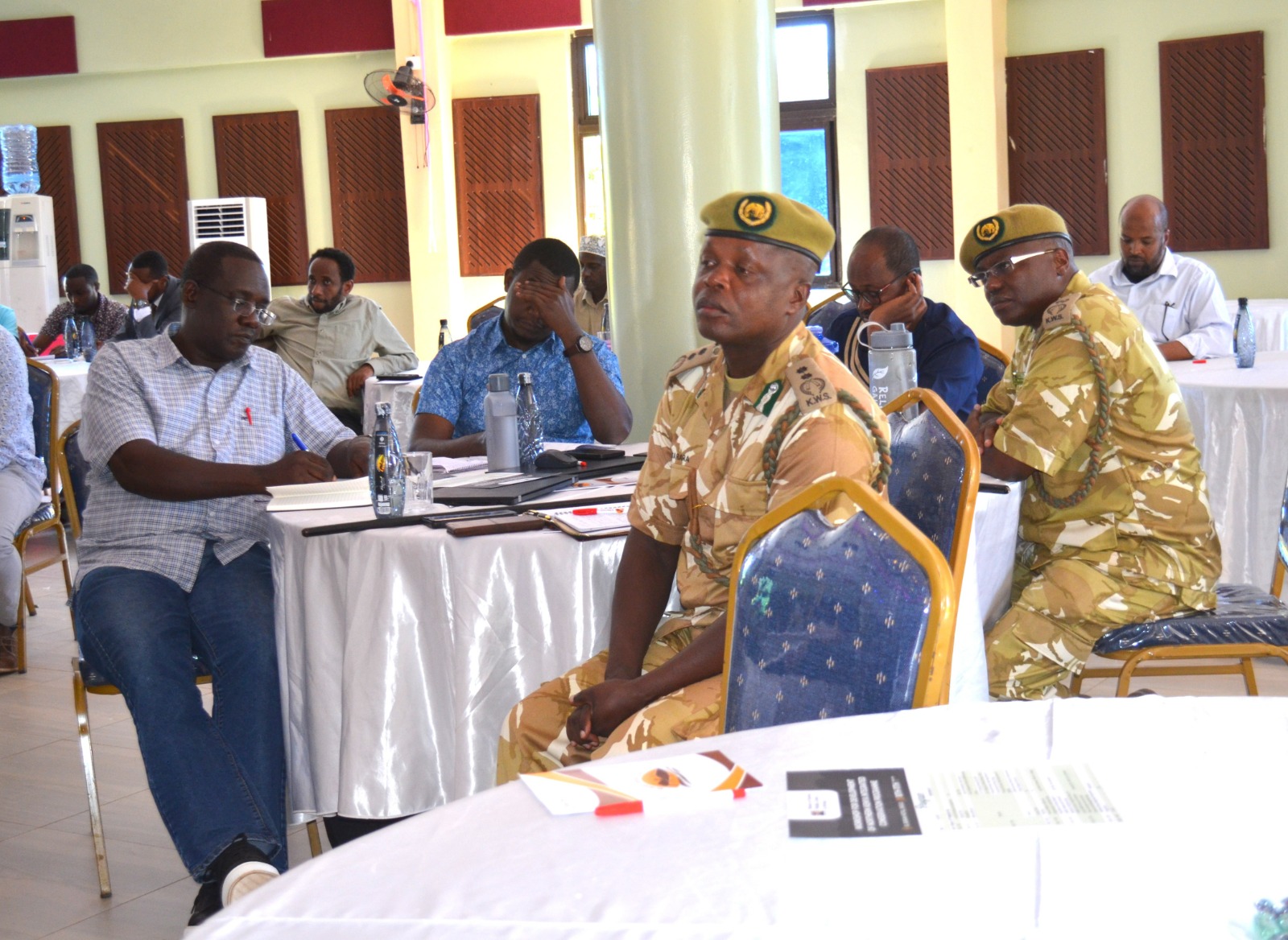

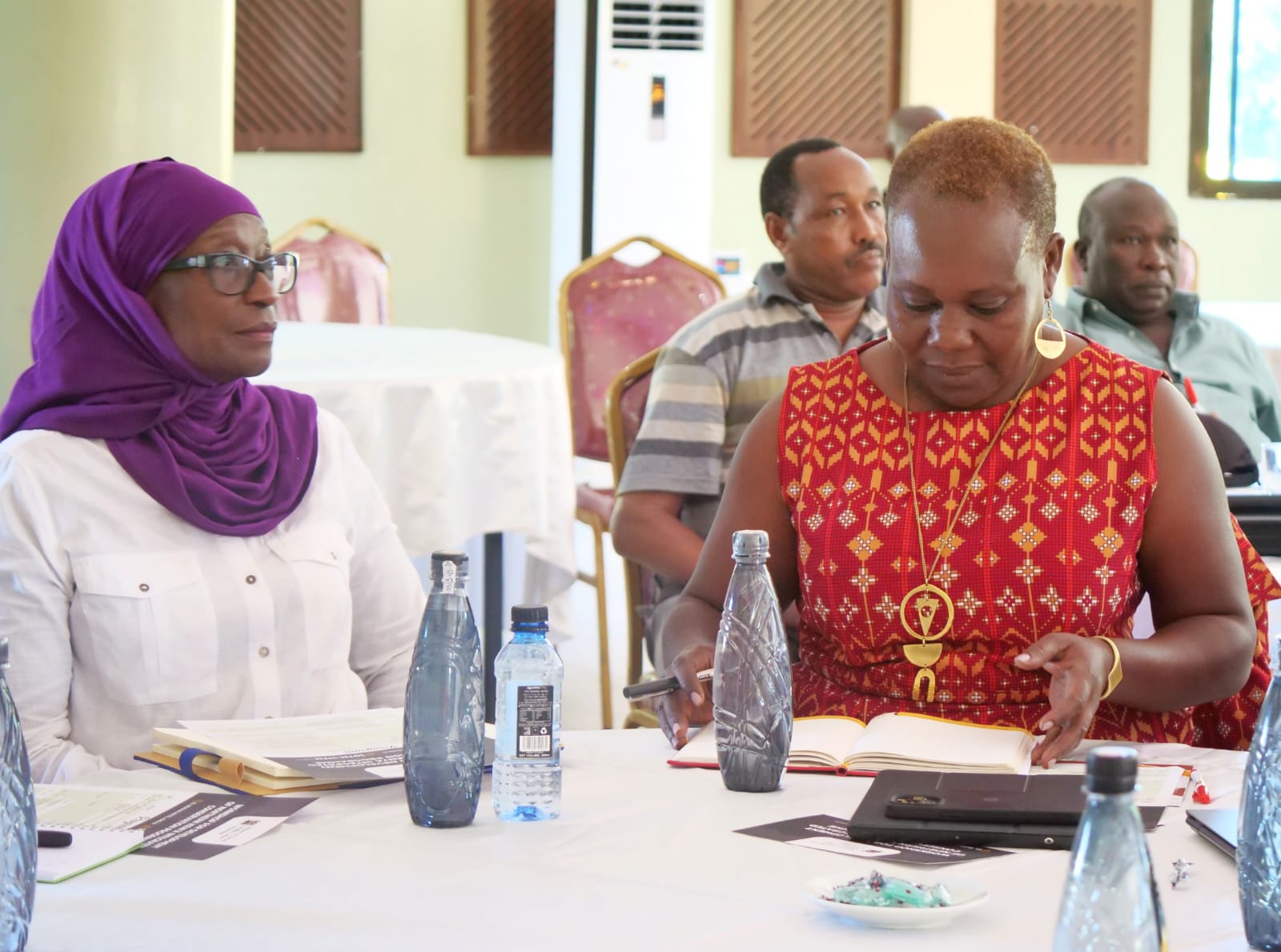
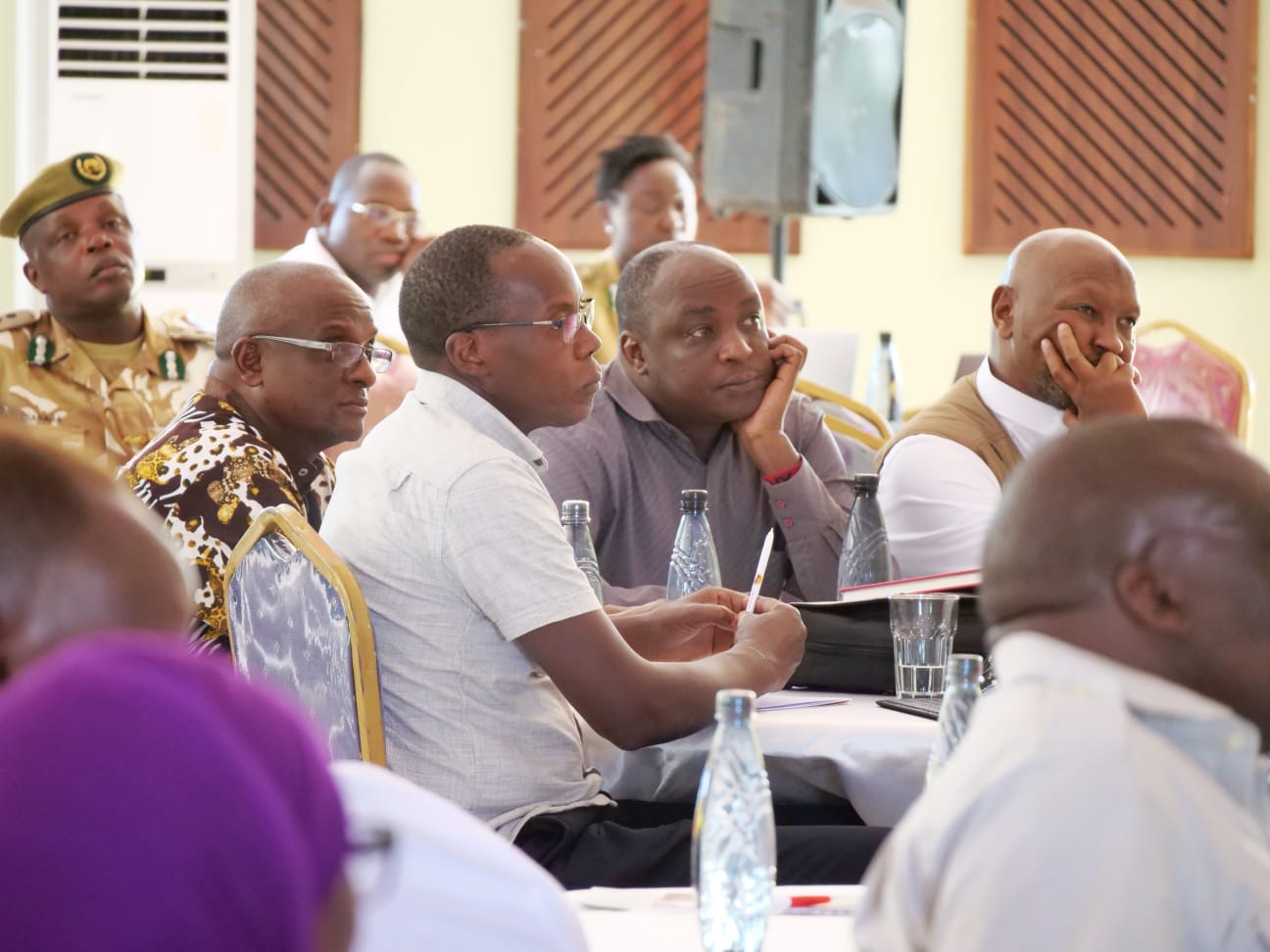
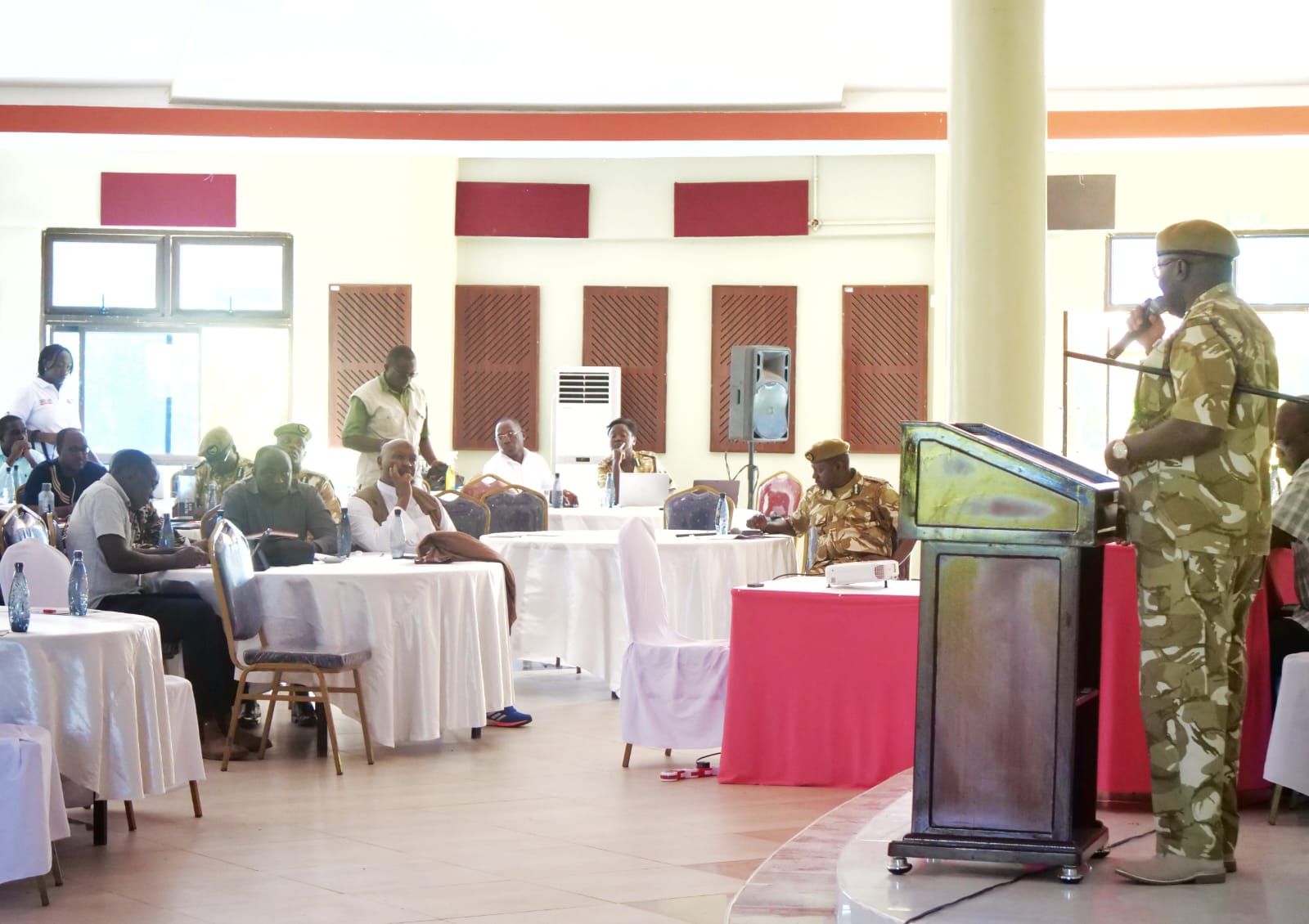
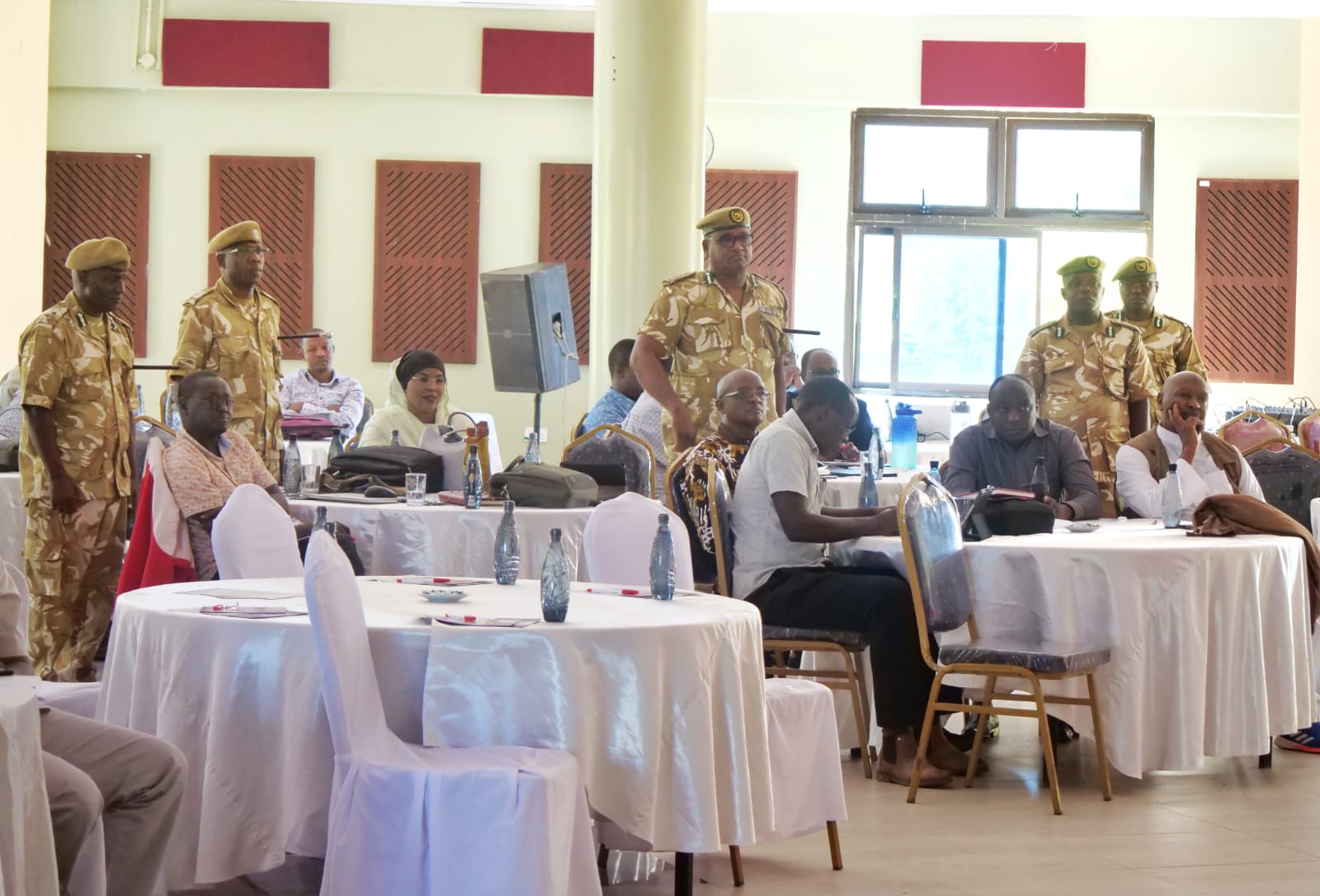
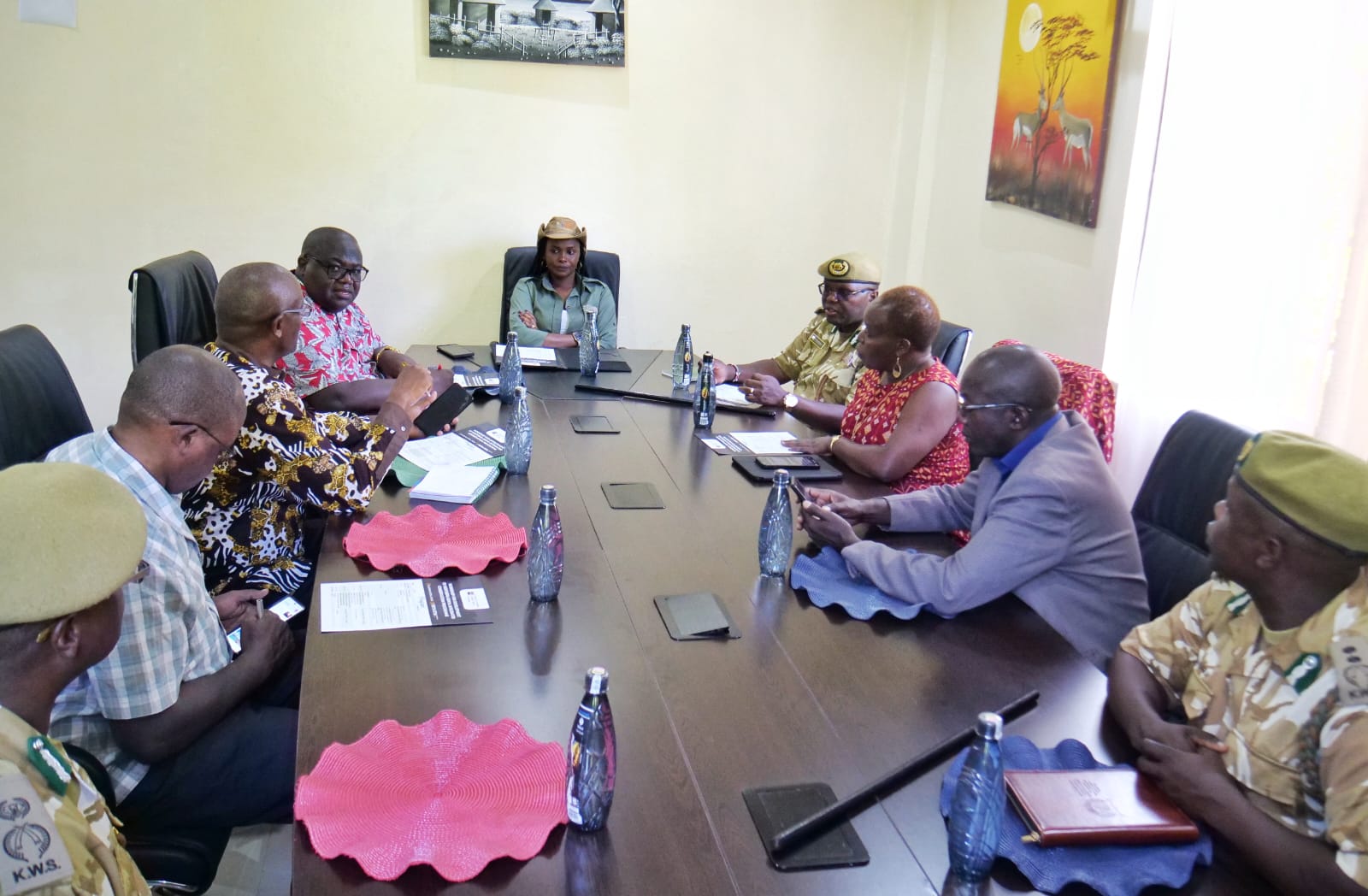
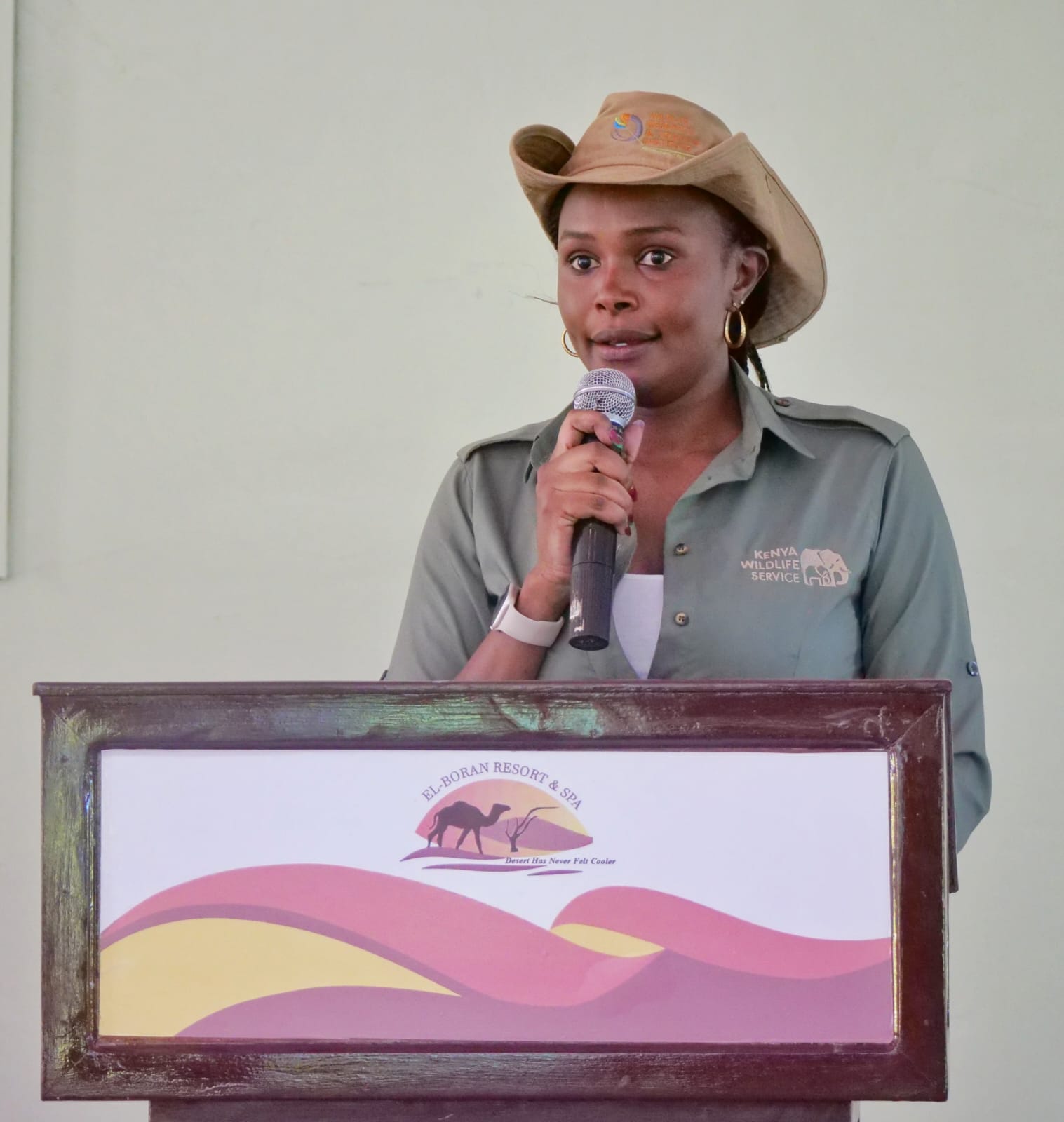
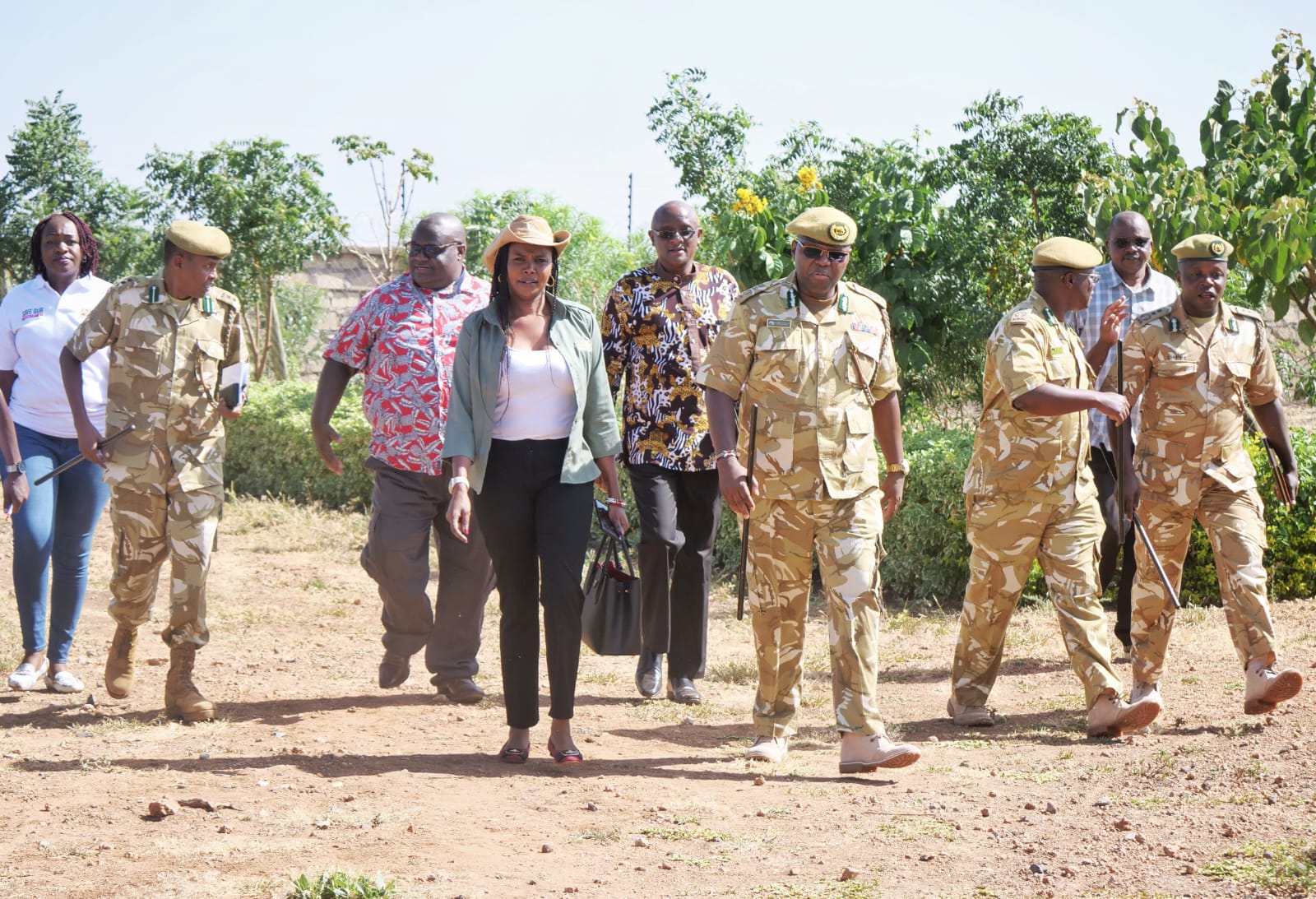







Leave A Comment